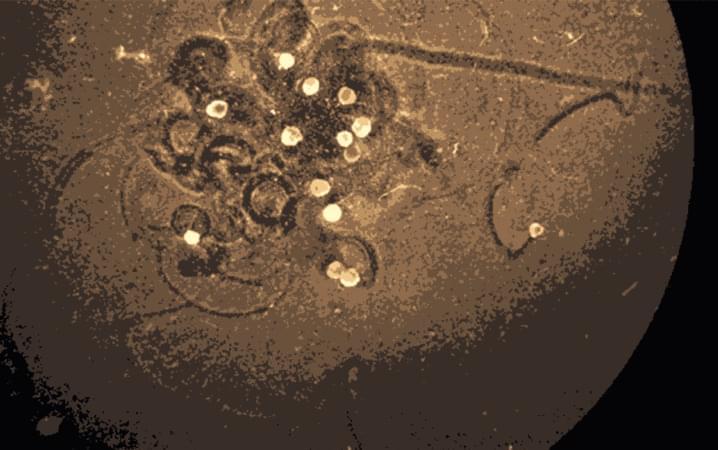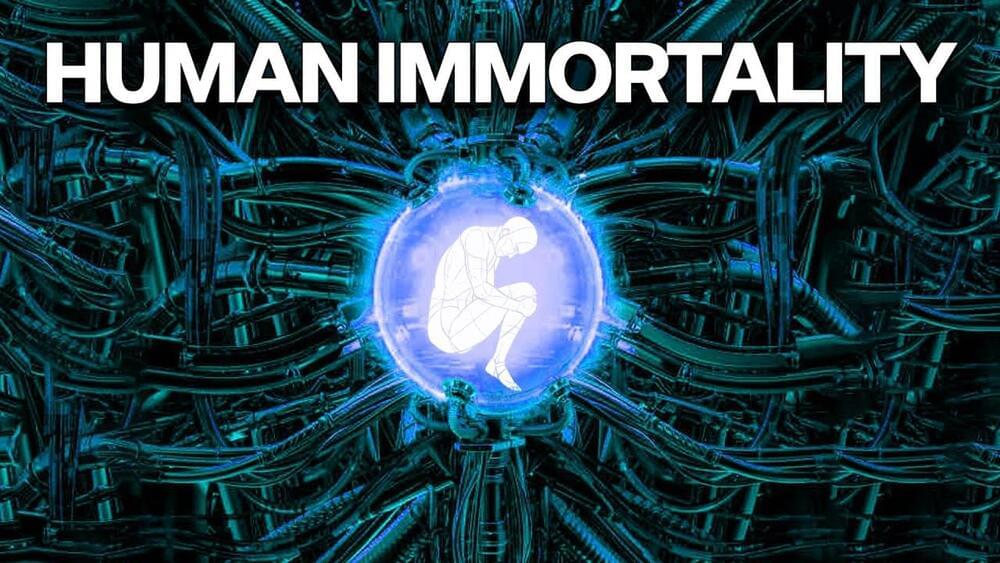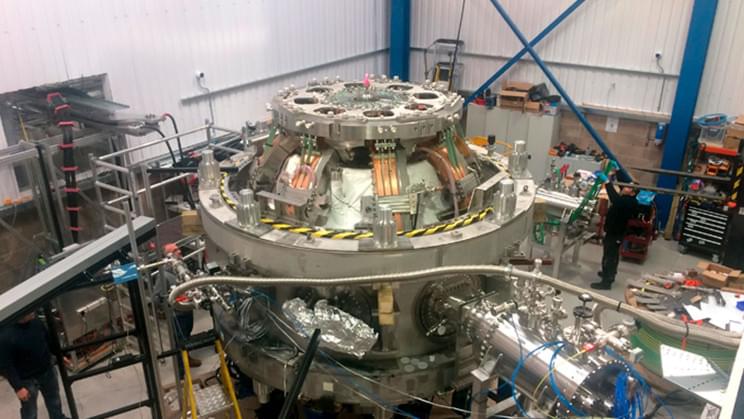In news that definitely doesn’t sound like a dystopian nightmare, researchers in China have developed a machine that can charge people with crimes using artificial intelligence.
The scientists claim the technology can decide on charges with more than 97 per cent accuracy, based on verbal descriptions of the case. The machine was built as a time-saving device and tested by the Shanghai Pudong People’s Procuratorate, the country’s busiest district prosecution office.
Trained using more than 17,000 cases dating from 2015 to 2020, it can run on a desktop computer and decides whether to press a charge by analysing hundreds of “traits” obtained from a human-generated case description, South China Morning Post reports.









